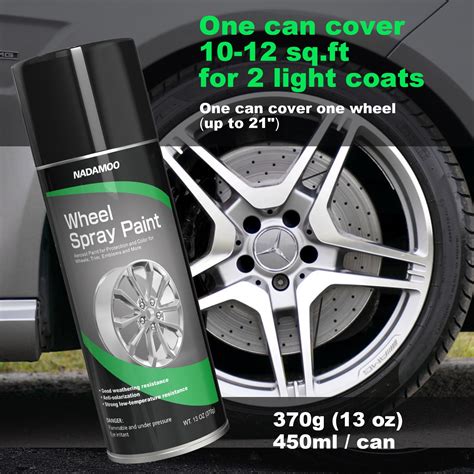Spray Can Car Paint: The Definitive Guide to Quantity
Choosing the right quantity of spray can car paint can be tricky. Get it wrong, and you'll either run short, leaving you with an uneven finish and needing more cans, or you'll buy too much and waste money and materials. This guide will help you accurately estimate how much spray paint you'll need for your car painting project, ensuring a professional-looking finish without excess waste.
How Much Spray Paint Do I Need for a Car?
There's no single answer to this question, as it depends on several factors:
- Car Size: A compact car will obviously require less paint than a large SUV or truck.
- Number of Coats: Generally, you'll need at least two coats for proper coverage, sometimes three for optimal color depth and durability.
- Paint Coverage: The coverage per can varies depending on the brand and type of paint. Check the label for the square footage each can covers.
- Type of Paint: Different types of spray paint (e.g., acrylic lacquer, enamel) have varying coverage rates.
- Surface Preparation: Thorough cleaning and preparation will greatly impact paint adhesion and coverage, potentially reducing the overall amount of paint needed.
Calculating the Amount of Spray Paint: A Step-by-Step Guide
Let's break down the process of calculating your paint needs:
-
Measure Your Car's Surface Area: This is the most crucial step. While perfectly accurate measurements are difficult without specialized tools, a reasonable estimation is possible. You can break down your car into sections (hood, roof, doors, trunk, bumpers) and estimate the area of each section. Consider using online calculators that provide estimates based on car make and model. However, keep in mind these are general estimates and might not be entirely precise.
-
Check the Paint Can's Coverage: Every spray paint can specifies its coverage area (usually in square feet per can). Pay close attention to this information.
-
Account for Overlap and Waste: You'll need to apply multiple coats, and some paint will be wasted during application due to overspray and the need to clean the spray nozzle between coats. Adding a 10-20% buffer to your total calculated area accounts for this.
-
Calculate the Number of Cans: Divide the total surface area (including the buffer) by the coverage area per can. Round up to the nearest whole number – it's always better to have a little extra than to run short.
Example: Let's assume your car's surface area is approximately 200 square feet, and each can covers 25 square feet. Adding a 15% buffer (200 * 0.15 = 30 square feet) gives you a total of 230 square feet. Dividing 230 by 25, you'll need approximately 9.2 cans. Round up to 10 cans to ensure complete coverage.
How Many Coats of Spray Paint Do I Need?
Most car painting projects require at least two coats. A primer coat is often recommended before the color coats to improve adhesion and ensure an even surface. A clear coat is often added as a final layer to protect the paint and enhance its shine. Therefore, a typical project might involve:
- One Primer Coat: Provides a base for the color coats.
- Two Color Coats: Ensures full color saturation and even coverage.
- One Clear Coat: Protects the color coats and adds shine.
Each coat requires its own calculation of paint needed.
What Happens if I Run Out of Paint?
Running out of paint mid-project is a major problem. You'll likely end up with an uneven finish, and matching the color perfectly in a subsequent paint job can be very challenging. It's far better to overestimate than underestimate your paint needs.
Frequently Asked Questions (FAQ)
Can I use less paint than calculated and still get good coverage?
While you might be tempted to reduce the amount to save money, it's not recommended. Thin coats may lead to uneven coverage, visible imperfections, and a less durable finish. Stick to the calculated amount for optimal results.
What if my car has existing paint damage?
Extensive damage necessitates more paint. Consider the area needing repair and include it in your overall surface area calculation. You may also need additional primer or filler.
Does the color of the paint affect the coverage?
Darker colors generally require slightly more paint than lighter colors to achieve full opacity.
By following these steps and considering the factors discussed above, you can confidently determine the quantity of spray can car paint needed for your project. Remember, accurate estimation is key to achieving a professional and long-lasting finish.

